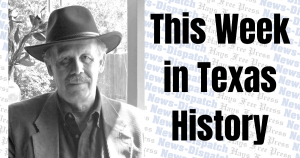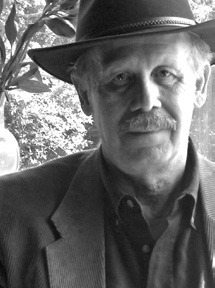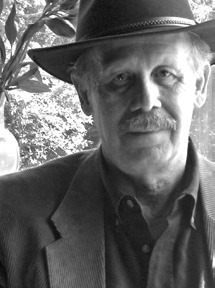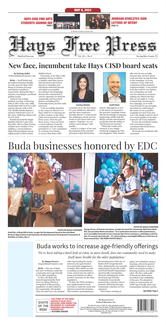
By Bartee Haile
President Franklin Delano Roosevelt mixed politics and pleasure on a reelection campaign swing through Texas on Jun. 11-12, 1936.
The first stop on FDR’s Lone Star itinerary was Houston, where the mayor proclaimed a holiday in eager anticipation of the unprecedented visit. All public buildings and many private businesses were closed, as the vast majority of the 350,000 inhabitants squeezed into the center of Texas’ biggest city to see the popular New Deal architect ...
By Bartee Haile
President Franklin Delano Roosevelt mixed politics and pleasure on a reelection campaign swing through Texas on Jun. 11-12, 1936.
The first stop on FDR’s Lone Star itinerary was Houston, where the mayor proclaimed a holiday in eager anticipation of the unprecedented visit. All public buildings and many private businesses were closed, as the vast majority of the 350,000 inhabitants squeezed into the center of Texas’ biggest city to see the popular New Deal architect in the flesh.
“Every inch of sidewalk space lining the parade route was taken,” reported the Houston Chronicle. “Those with friends and relatives working in offices overlooking Main Street moved in to view the procession from above. Thousands perched on building tops, balconies and in windows of tall buildings to watch the parade.”
Every able-bodied male with a uniform was drafted for crowd control. In addition to the police, highway patrol and National Guard, active-duty soldiers, naval reservists and even Boy Scouts were mobilized to contain the largest throng in Houston history.
Following a wildly enthusiastic welcome downtown, Roosevelt boarded a private yacht at the ship channel for the short cruise to the San Jacinto battleground. Accompanying the president were Gov. James V. Allred, U.S. Senators Tom Connally and Morris Sheppard, ex-governor William P. Hobby, Democratic Party power broker Jesse Jones, Congressman Joe Eagle and Houston mayor Oscar Holcombe.
The commander-in-chief saluted the 800 soldiers from Fort Crockett in Galveston along the road to the site of the final showdown with the Santa Anna. Twenty-eight thousand Texans, who had stood for hours in the blazing summer sun, burst into cheers and applause at the sight of the presidential procession.
The Rolls Royce convertible with the guest of honor drove up the ramp of a huge platform built for the occasion. This ingenious arrangement made it possible for the paraplegic politician to speak from the car without walking or climbing stairs in public.
“We love you for what you are,” Gov. Allred said in his gushy introduction. “You have brought happiness to millions of people. We bid you welcome, Great Leader.”
But Jesse Jones could not resist pointing out that Roosevelt was the first chief executive of his party ever to come to Houston. Even though Texas had voted Democratic in 19 out of 20 presidential elections since statehood, only Republicans (Grant, Benjamin Harrison, McKinley and Taft) had bothered to pay their respects in their person.
FDR paused in his praise of the San Jacinto victors to acknowledge the presence of Sam Houston’s 81 year old son. “It is a special pleasure to meet Mr. Andrew Jackson Houston. I am proud to know that my father knew your father. I shall always remember how my father used to tell me that, when he was a very young man, he was sent to Washington by his law office to carry papers to Senator Houston.”
After two action-packed hours in Houston, the president climbed back on his special train and headed for San Antonio. That afternoon following the traditional wreath-laying ceremony at the Alamo, he declared, “I welcome the opportunity to pay my small tribute to the heroes who laid down their lives 100 years ago in order that Texas might become, first, an independent nation and later a mighty state in our union.”
It was late in the day, when Roosevelt reached Austin. But he made the most of the whistle-stop by giving John Nance Garner, the vice-president from Texas, a rhetorical pat on the back and flipping a switch that set off a dynamite charge to break ground for new construction on the University of Texas campus.
Day two was spent in Dallas, where FDR was again greeted by a record turnout. The three-mile route from the business district to the Centennial Exposition was packed with 300,000 to 400,000 men, women and children in a city with a population of 260,000.
A remarkable thing, at least by present-day standards, happened as the president rode past the county jail. When the inmates shouted and waved through the bars, Roosevelt flashed his familiar smile and waved right back.
Mounted Texas Rangers met the motorcade at the front gate of the Centennial and cleared the way to Cotton Bowl, where a capacity crowd of 50,000 patiently waited in the 95-degree heat. In a half-hour address broadcast live across the country, FDR said, “I have come here to bear the tribute of the nation to you on your hundredth birthday. You are a hundred years young!
“With the return of better days,” for which the incumbent naturally took credit, “we have witnessed three great expositions: the Century of Progress in Chicago, the California International Exposition in San Diego and this fine exposition commemorating the centenary of the independence of Texas.












